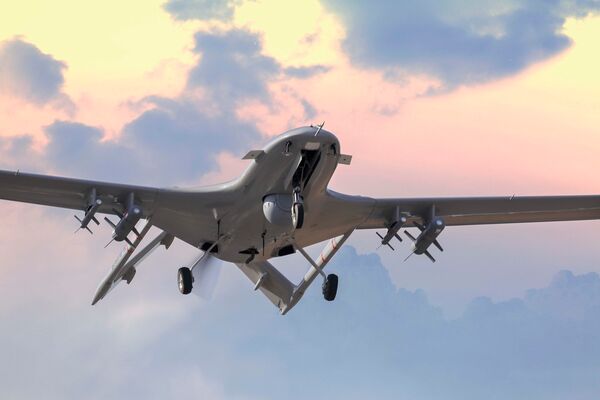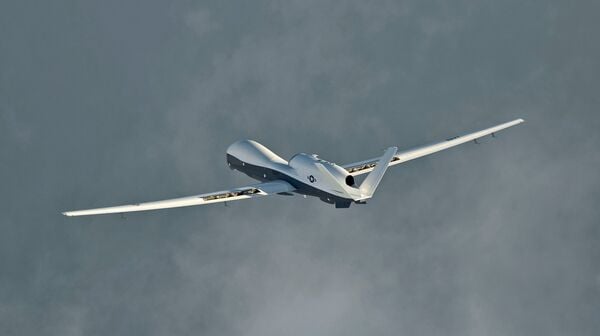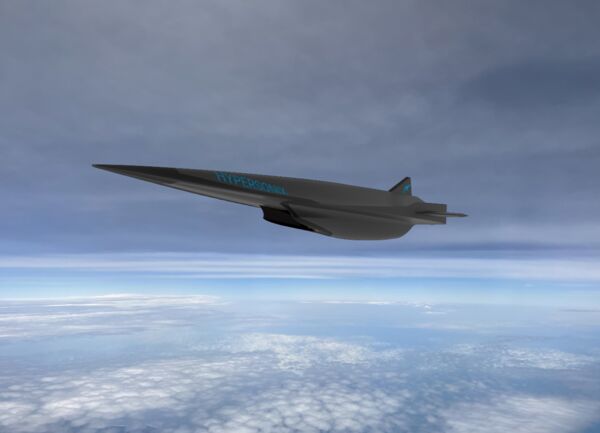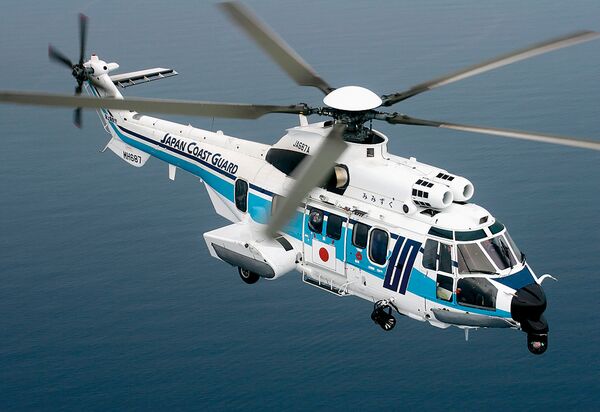- About
- Intara
- Capabilities
- Advisory
- Resources
- News
- Store
Ukraine conflict: Turkey airlifts additional TB2 UCAVs to Ukraine
02 March 2022
by Gareth Jennings


The Turkish-supplied TB2 UCAV is the only armed UAV in the Ukrainian inventory and as such is highly important to the country's continued war effort against Russia. (Baykar)
Turkey has airlifted additional Baykar Bayraktar TB2 unmanned combat aerial vehicles (UCAVs) to Ukraine.
The Ukrainian defence minister Oleksiy Reznikov said on 2 March that new combat ready TB2s had arrived in the country as part of a wider package of international military assistance.
“The amount of help we are receiving is increasing […]. Ukraine has already [received] and [put] on combat standby new [Bayraktar UCAVs],” Reznikov announced. The minister's statement followed rumours of a delivery of new TB2s from Turkey after a Turkish Air Force Airbus A400M transport aircraft was tracked flying from Ankara to Poland on 1 March.
Prior to the Russian invasion, Ukraine was known to have received six TB2s from Turkey. The minister did not say how many additional TB2s had been delivered.
The TB2 is the only UCAV in Ukrainian service and was first used by the country in October 2021 when a separatist D-30 122 mm howitzer in the breakway Donbass region was targeted and destroyed. Footage released by the Ukrainian government since the launch of offensive Russian operations on 24 February has shown the TB2s to have been heavily engaged in the fighting, destroying several ground vehicles including Buk surface-to-air missile systems.
The TB2 is a medium-altitude, long-endurance (MALE) unmanned aerial vehicle (UAV) that was developed to provide the Turkish Army with a tactical intelligence, surveillance, target acquisition, and reconnaissance capability. According to Janes All the World's Aircraft: Unmanned , it is 6.5 m long and has a 12 m wingspan. With a maximum take-off weight of 630 kg, the air vehicle can carry up to 55 kg in mission system and/or weapons payload. Performance specifications give the Bayraktar TB2 a cruising speed of 70 kt, a range of 150 km, an endurance of 24 hours, and a service ceiling of nearly 30,000 ft.
US Navy begins European Triton operations
17 April 2024
by Gareth Jennings


A file photo of a Triton UAV. The US Navy HALE UAV has joined the US Air Force Global Hawk and NATO Phoenix UAVs now operating out of Sigonella in Italy. (US Navy)
The US Navy (USN) has commenced operations of its Northrop Grumman MQ-4C Triton Broad Area Maritime System (BAMS) in the European theatre, with the first unmanned aerial vehicle (UAV) departing Naval Air Station (NAS) Sigonella in Sicily for its first sortie on 17 April.
The milestone was logged by online flight tracking services about two weeks after the USN announced in late March that the first of an undisclosed number of UAVs had arrived in its Sixth Fleet area of operations.
Derived from the Block 30 RQ-4N naval variant of the RQ-4 Global Hawk high-altitude long-endurance (HALE) UAV, the Triton has been developed to provide the USN with a persistent maritime intelligence, surveillance, and reconnaissance (ISR) capability in support of a full range of military operations that includes signals intelligence, communications relay, and search and rescue.
Navy League 2024: Australia's Hypersonix Launch Systems prepares to demonstrate DART scramjet-powered aircraft for DIU
17 April 2024
by Jeremiah Cushman


A computer-generated image of the Hypersonix Launch Systems scramjet-powered DART hypersonic testbed. (Hypersonix Launch Systems)
Hypersonix Launch Systems, headquartered in Brisbane, is building a hypersonic test vehicle for the Defense Innovation Unit's (DIU's) hypersonic and high-cadence testing capabilities (HyCAT) programme. DIU issued a solicitation for the project in September 2022. Hypersonix Launch Systems was awarded a contract for scoping the work in March 2023, and a launch contract in September 2023, Matt Hill, Hypersonix Launch Systems CEO, told Janes on 9 April at the Navy League Sea-Air-Space 2024 global maritime exposition in National Harbor, Maryland.
The programme calls for an airborne test vehicle “that can maintain speeds above Mach 5 with a manoeuvrable/non-ballistic flight profile and at least a three-minute flight duration with near-constant flight conditions”, according to a DIU statement in April 2023.
Construction of the first DART air vehicle is under way, and Hypersonix Launch Systems recently completed the component-level preliminary design review, Hill said. Rocket Lab will provide the launch capabilities for the system for the initial test flight.
Japan Coast Guard orders three more Airbus H225 helicopters
16 April 2024
by Ridzwan Rahmat


A Japan Coast Guard H225 helicopter. The service has ordered three more airframes of the type. (Airbus Helicopters)
Japan's coastguard service has ordered three more Airbus H225 twin-engine helicopters.
This latest order brings the Japan Coast Guard's (JCG's) total H225 fleet to 18, including airframes that were acquired more than a decade ago, an Airbus spokesperson confirmed to Janes on 16 April.
Most recently, the JCG took delivery of three H225s in December 2023 and one in February 2024.
“The new helicopters will support territorial coastal activities, maritime law enforcement, as well as disaster relief missions in the country,” reads a statement issued by Airbus on 11 April to announce the latest JCG order.
“The Japan Coast Guard has been an active operator of the Super Puma family helicopters for three decades,” said Jean-Luc Alfonsi, managing director of Airbus Helicopters in Japan, in the media statement.
“We believe the H225 is the perfect choice for JCG's critical missions for law enforcement, as well as coastal and island protection, given its versatility in all weather conditions,” Alfonsi added.
Turkey has airlifted additional Baykar Bayraktar TB2 unmanned combat aerial vehicles (UCAVs) to Ukra...
Latest Podcasts
Iran Israel analysis
In this podcast Janes analysts discuss the Iranian attacks on Israel on the 14 April. They highlight the military systems used by Iran and the performance and impact of these on Israel. They also discuss the implications of this attack goi...
Listen nowJanes Case Studies
Using Janes Intara to build a common intelligence picture: Russian build up on the Ukrainian border
View Case StudyNews Categories
 Defence Details
Defence Details